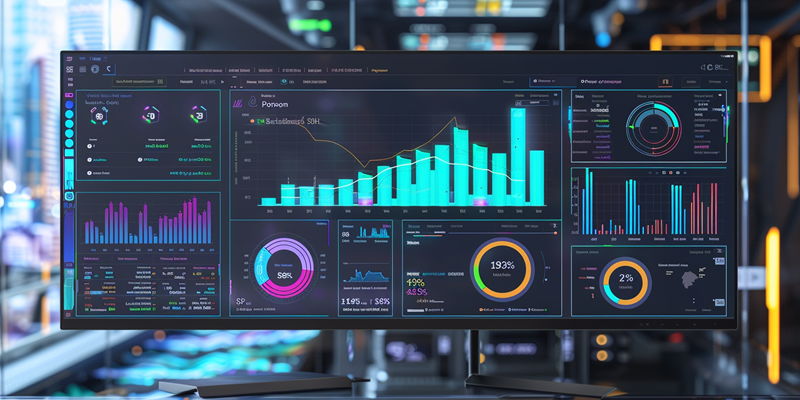For many organizations, the ability to analyze, report, and make informed decisions is paramount. This is where Microsoft’s Power BI emerges as a transformative tool that, when integrated with Microsoft Dynamics 365 Business Central, provides businesses with an unparalleled suite of reporting capabilities. The synergy of Power BI with Business Central allows users to create comprehensive dashboards that can uncover trends, centralize critical data, and facilitate strategic business decisions. Embarking on the journey to create your initial Business Central dashboard in Power BI is a straightforward process, and the guide below is designed to set you on the path to harnessing the full potential of your data.
Step 1: Initiate Power BI and Connect to Data
Begin by launching Power BI Desktop. If you haven’t already, secure your download from Microsoft’s official site and install it. Upon application start-up, seek out “Get Data from another source” or use the “Get Data” feature in the Home tab. Proceed by choosing “Dynamics 365 Business Central” as your source. This is found either by typing in the search field or by selecting it from the range of available connectors. Click “Connect” to proceed.
Step 2: Authenticate and Customize Data
You will then need to authenticate with your Business Central credentials. Authentication provides access to a window filled with tables and entities from Business Central. Select the ones you require for your dashboard. You now have the option to streamline the data by leveraging Power BI’s data cleaning tools. Click “Transform Data” if you need to refine your selected data further.
Step 3: Visualize and Publish
After shaping your data, you can begin the visualization process. Power BI provides a rich selection of visualization tools that can turn your data into actionable insights. Drag and drop elements to construct your dashboard according to your organization’s needs. Once ready, publish your dashboard to the Power BI service. This will allow other users within your organization to access, interact with, and derive value from your Business Central insights.
With this, businesses are well on their way to transforming their data analysis and reporting processes, ensuring that critical information is always at their fingertips, enabling informed decision-making that drives growth and success.

